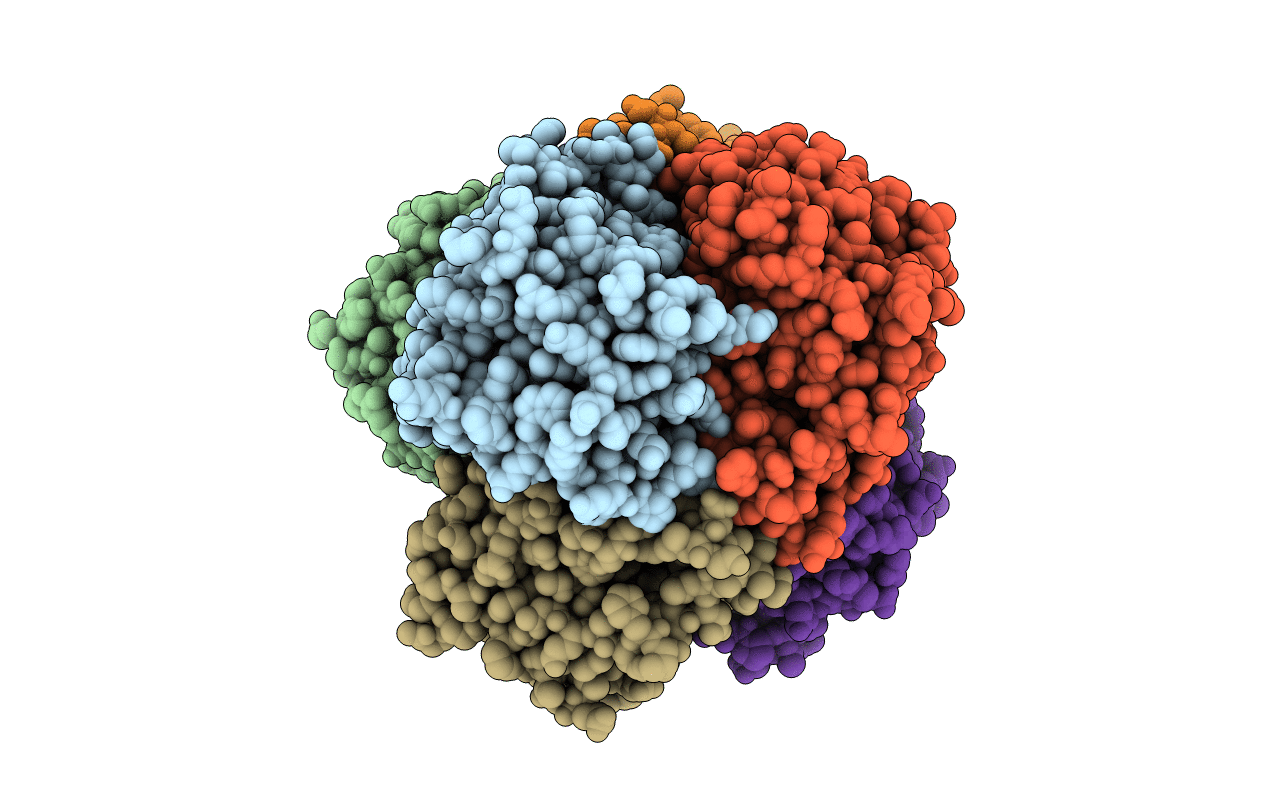
Deposition Date
2002-12-04
Release Date
2003-01-24
Last Version Date
2024-05-08
Entry Detail
PDB ID:
1O8U
Keywords:
Title:
The 2 Angstrom Structure of 6-Oxo Camphor Hydrolase: New Structural Diversity in the Crotonase Superfamily
Biological Source:
Source Organism:
RHODOCOCCUS ERYTHROPOLIS (Taxon ID: 1833)
Host Organism:
Method Details:
Experimental Method:
Resolution:
2.00 Å
R-Value Free:
0.19
R-Value Work:
0.14
R-Value Observed:
0.14
Space Group:
P 1 21 1


